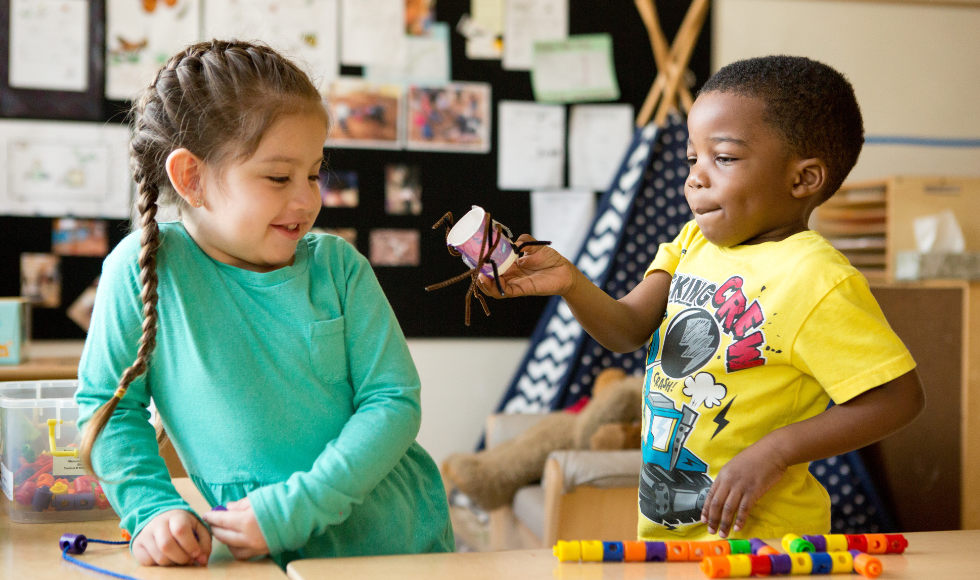News
Early Identification and Intervention Strategies for Children with Special Needs
What if all teachers knew how to evaluate and intervene for children with needs that impact their learning?
At Hartwell The Educators University, all graduates gain experience with early identification and intervention strategies for children with special needs.
As experienced educators, we understand the importance of early identification and intervention for children with physical disabilities, developmental delays, or medical diagnoses that may impact their learning. These students often come to our classrooms with special education structures already in place, thanks to the vigilance of medical providers and attentive parents.
However, it’s crucial to recognize that parents themselves are often the first to notice concerns about their child’s learning, behavior, or development. In such cases, they have the right to request an evaluation from the public school system. Once parental consent is obtained, the school must conduct a comprehensive initial evaluation within 60 calendar days (IDEA, 2004).
Here are some common assessments used in initial evaluations for special education:
- Psychoeducational or Cognitive Evaluation:
This includes intelligence tests or IQ tests that measure overall cognitive ability across areas like verbal comprehension, visual-spatial skills, fluid reasoning, working memory, and processing speed. Common examples are the Wechsler Intelligence Scale for Children (WISC) and the Stanford-Binet Intelligence Scales.
- Academic Achievement Tests:
These norm-referenced, standardized tests compare a child’s performance in academic areas like reading, writing, and math to their peers. Examples include the Woodcock-Johnson Tests of Achievement and the Wechsler Individual Achievement Test (WIAT).
- Curriculum-Based Assessments (CBAs):
These assessments examine a child’s progress in learning the specific curriculum and materials presented in their classroom. CBAs can provide insights into a student’s academic strengths and weaknesses.
- Speech and Language Evaluation:
Conducted by a speech-language pathologist, this evaluation assesses a child’s communication skills, including articulation, fluency, voice, and receptive and expressive language abilities.
- Functional Behavioral Assessment (FBA):
An FBA is used to identify the underlying reasons for a student’s challenging behavior and develop appropriate interventions through a Behavior Intervention Plan (BIP).
- Classroom Observations:
Observing the child in their natural learning environment can provide valuable information about their academic performance, behavior, and social interactions.
- Parent and Teacher Interviews/Questionnaires:
Gathering information from parents, teachers, and other caregivers through interviews or rating scales can provide a comprehensive understanding of the child’s strengths and needs across different settings.
It’s important to note that the evaluation process must be comprehensive and use multiple sources of information, as required by the Individuals with Disabilities Education Act (IDEA) [5]. The specific assessments used may vary based on the child’s suspected areas of need and the evaluation team’s recommendations.
About Hartwell – The Educators University
Hartwell is dedicated to empowering K-12 education leaders by fostering the growth of their people into competent and compassionate educators and leaders. Our mission is to ensure every child is taught by educators trained from a biblical worldview, emphasizing both excellence and empathy. Through our affordable online pathways to education degrees, we make careers in K-12 education accessible to everyone, enabling a new generation of teachers and leaders to inspire and educate future generations.
Discover more about our programs and scholarship opportunities at Hartwell.
Sources:
– Individuals with Disabilities Education Act (IDEA), 20 U.S.C. § 1400 et seq. (2004)
– Bateman, B. D., & Linden, M. A. (2012). Better IEPs: How to develop legally correct and educationally useful programs (5th ed.). Attainment Company, Inc.

